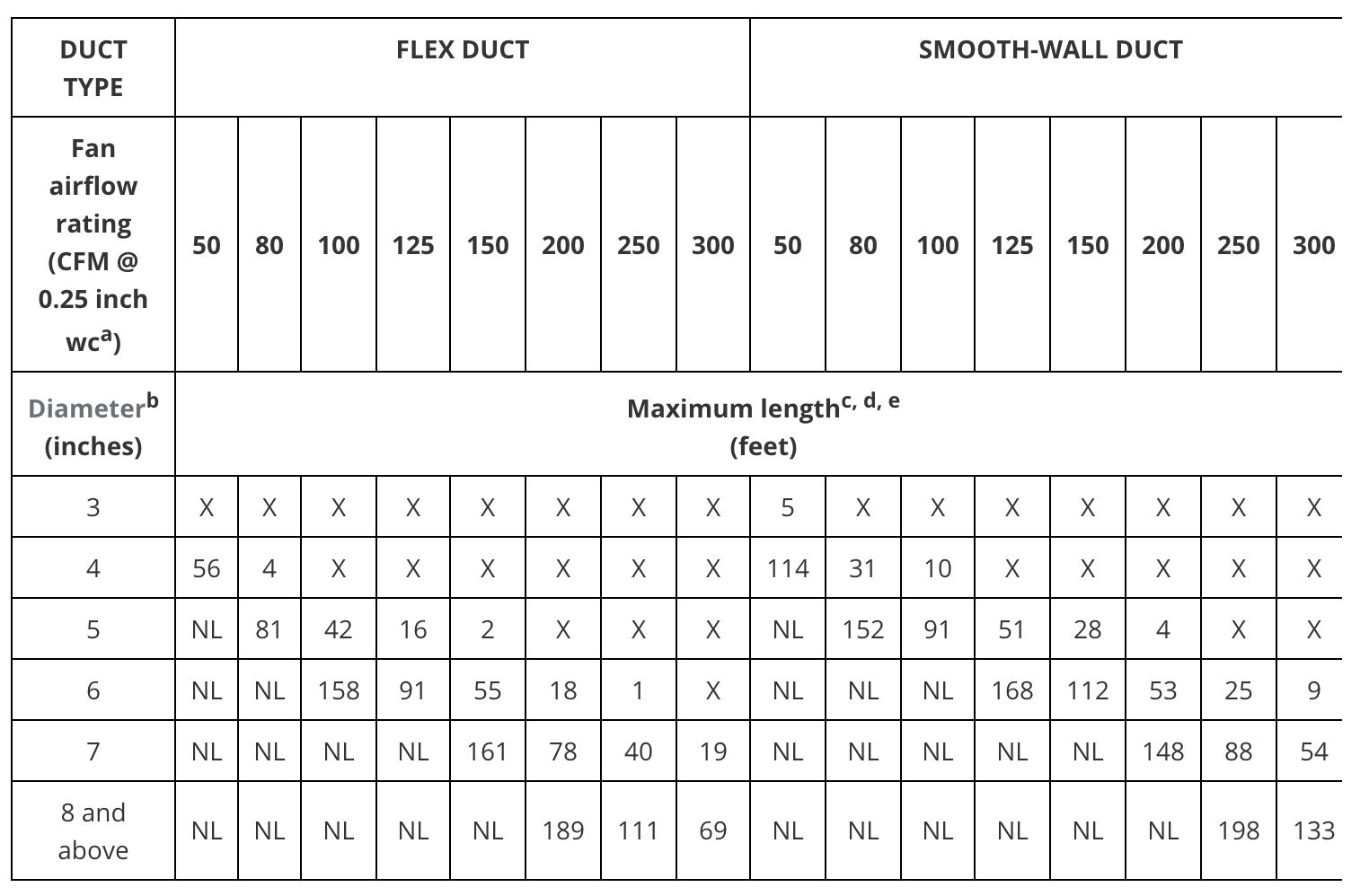Understanding Bathroom Exhaust Fan Sizing Requirements

Bathrooms generate moisture and odors that need to be removed to maintain a healthy and comfortable environment. An exhaust fan is a crucial component in achieving this by extracting stale air and replacing it with fresh air. The size of the exhaust fan is critical to ensure effective ventilation.
Factors Influencing Exhaust Fan Size
The size of an exhaust fan for a bathroom is determined by several factors:
– Bathroom Size: The larger the bathroom, the more air needs to be exchanged, requiring a larger exhaust fan.
– Ceiling Height: Higher ceilings require a more powerful fan to effectively circulate air throughout the space.
– Ventilation Codes: Building codes often specify minimum ventilation requirements for bathrooms, which dictate the minimum exhaust fan capacity.
Calculating Exhaust Fan Capacity
To determine the minimum required exhaust fan capacity in cubic feet per minute (CFM), use the following formula:
“`
CFM = (Bathroom Area x Ceiling Height) x Air Changes per Hour
“`
– Bathroom Area: The square footage of the bathroom floor.
– Ceiling Height: The height from the floor to the ceiling in feet.
– Air Changes per Hour (ACH): The number of times the air in the bathroom should be replaced per hour. For bathrooms, ACH typically ranges from 5 to 8.
For example, a bathroom with an area of 100 square feet and a ceiling height of 8 feet with an ACH of 6 would require an exhaust fan with a capacity of:
“`
CFM = (100 x 8) x 6 = 480 CFM
“`
Selecting an exhaust fan with a capacity slightly higher than the calculated minimum is recommended to ensure adequate ventilation.
Selecting an Exhaust Fan Based on CFM Requirements

Calculate exhaust fan size for bathroom – To select an exhaust fan that effectively removes moisture and odors from your bathroom, it’s crucial to consider the CFM requirements. CFM, or cubic feet per minute, measures the volume of air the fan can exhaust. The higher the CFM, the more air the fan can move.
Fan Types and Their Pros and Cons, Calculate exhaust fan size for bathroom
Exhaust fans come in various types, each with its advantages and disadvantages:
- Ceiling-mounted fans: These fans are installed on the ceiling and are often the most effective at removing moisture and odors. They are also relatively quiet and can be equipped with features such as built-in lighting.
- Wall-mounted fans: These fans are installed on the wall and are less effective than ceiling-mounted fans but are easier to install and less expensive.
- Inline fans: These fans are installed in the ductwork and are very effective at removing moisture and odors. They are also very quiet but can be more difficult to install.
Selecting a Fan that Meets or Exceeds the CFM Requirement
When selecting an exhaust fan, it’s important to choose one that meets or exceeds the calculated CFM requirement. To ensure adequate ventilation, it’s recommended to select a fan with a CFM rating that is at least 10% higher than the calculated requirement.
The following table compares different exhaust fan models with their CFM ratings:
| Model | CFM Rating |
|---|---|
| Panasonic FV-08VQ5 | 80 CFM |
| Broan-NuTone QTXE080 | 110 CFM |
| Delta Electronics EFC100 | 130 CFM |
| Hunter Fan Company 50730 | 150 CFM |
| NuTone 9200 | 200 CFM |
By considering the CFM requirements, fan types, and available models, you can select an exhaust fan that effectively ventilates your bathroom, creating a healthier and more comfortable environment.
Optimizing Exhaust Fan Installation for Effective Ventilation: Calculate Exhaust Fan Size For Bathroom

An exhaust fan is an essential element in any bathroom, as it helps to remove moisture, odors, and pollutants from the air. To ensure that your exhaust fan is operating at its optimal efficiency, it is important to pay attention to the installation process. Proper ductwork sizing, placement, and maintenance are key factors that can significantly impact the effectiveness of your exhaust fan.
Ductwork Sizing and Installation
The size of the ductwork is crucial for ensuring proper airflow. A duct that is too small will restrict airflow, while a duct that is too large can lead to noise and reduced efficiency. The recommended duct size for a bathroom exhaust fan is 4 inches in diameter. The duct should be as short and straight as possible, with minimal bends or turns. Avoid using flexible ducting, as it can restrict airflow and create noise.
Exhaust Fan Placement
The placement of the exhaust fan is also important. The fan should be installed as close to the source of moisture and odors as possible. In most cases, this will be near the shower or bathtub. The fan should be mounted high on the wall, near the ceiling, to maximize airflow and prevent moisture from collecting on the floor.
Noise Reduction and Air Quality
Proper maintenance is essential for ensuring that your exhaust fan is operating at its best. Regularly clean the fan blades and housing to remove dust and debris. You should also check the ductwork for any blockages or leaks. A well-maintained exhaust fan will help to reduce noise and improve air quality in your bathroom.
Calculating the optimal exhaust fan size for your bathroom is essential to ensure proper ventilation and prevent moisture buildup. Consider the bathroom’s square footage, ceiling height, and fixtures when determining the appropriate size. Incorporating mid century modern design elements, such as sleek lines and geometric shapes, can enhance the bathroom’s aesthetics while maintaining functionality.
By carefully calculating the exhaust fan size, you can create a well-ventilated and stylish bathroom that meets your specific needs.
As you calculate the exhaust fan size for your bathroom, consider adding a touch of modern elegance with large metal wall art. Its sleek lines and metallic sheen will complement the functionality of your exhaust fan, creating a harmonious blend of aesthetics and efficiency in your bathroom sanctuary.